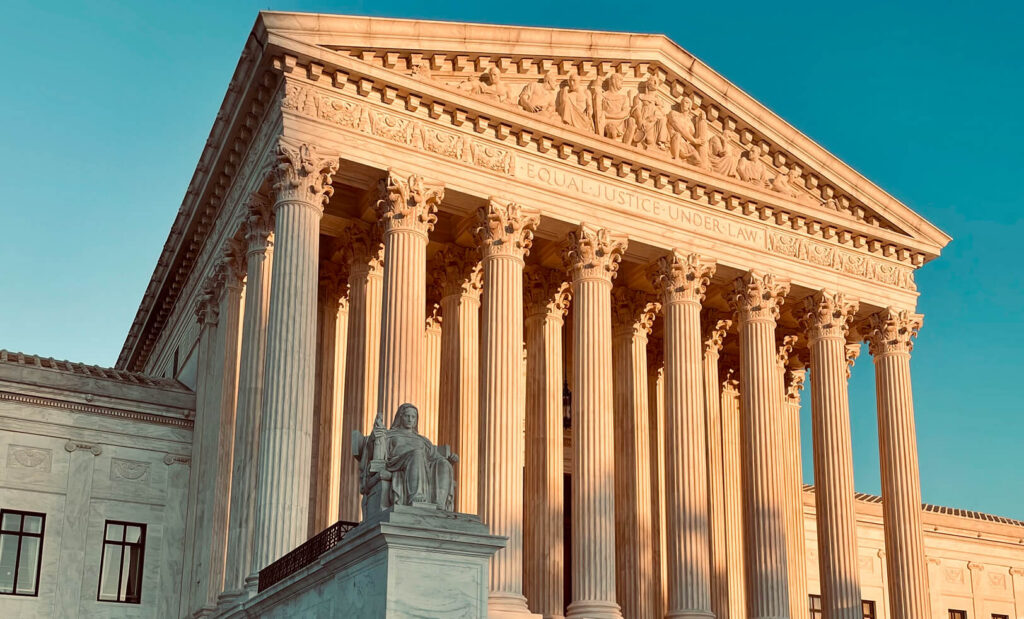Overview of Chapter 2: Free Speech in the U.S. Supreme Court
Over the last century or so, the U.S. Supreme Court has spun an enormous amount of doctrine around the few words in the First Amendment relating to free expression:
Congress shall make no law … abridging the freedom of speech, or of the press; or the right of the people peaceably to assemble, and to petition the Government for a redress of grievances.
Indeed, entire casebooks (and courses) are devoted to the Court’s interpretation of these words and their application to the nearly countless fact patterns presented in cases.6
This chapter intentionally does not replicate or replace the existing casebooks; we do not aim to supply anything like a survey doctrinal course on the First Amendment. Our purpose, rather, is to expose students to the foundational concepts found in leading Supreme Court cases, so that they will be able to draw on them, along with other considerations, in order to think about real-world controversies that have yet to reach the courts, and may never get there.
To that end, the chapter provides students with a road map to the doctrine in the form of a flow chart that poses basic questions, such as: what is speech, who is speaking, whether the speech falls into an unprotected category, such as incitement and threats, whether the regulations are vague or over broad, and whether they are content-neutral or content-based. We consider these to be the building blocks of an informed, but not doctrinally dictated, free speech analysis.
To illustrate the doctrine, we use running examples and pose hypotheticals. This approach is in keeping with our belief that free speech must be a lived experience and not merely an abstract plaything.
6E.g., Erwin Chemerinsky, The First Amendment (2d ed., 2021); Laura E. Little, First Amendment (2021); Geoffrey R. Stone, et al., The First Amendment (7th ed., 2024). These books also cover the religion clauses.
